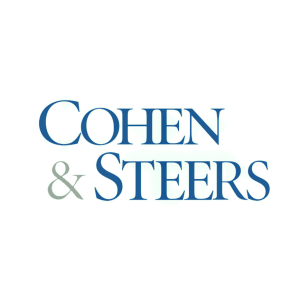[8-K] Cohen & Steers Inc. Reports Material Event
Rhea-AI Filing Summary
Cohen & Steers, Inc. amended its credit agreement to establish a $100 million senior unsecured revolving credit facility maturing on August 15, 2029. Bank of America, N.A. serves as administrative agent, sole lead arranger and sole bookrunner, with State Street Bank and Trust Company as syndication agent.
Borrowings may be used for working capital and general corporate purposes and bear interest at either Term SOFR plus a spread or a Base Rate plus a spread per a performance pricing grid. The facility includes a commitment fee, customary covenants (leverage and interest coverage), restrictions on indebtedness and dispositions, and events of default that could accelerate amounts due. The full agreement is attached as Exhibit 10.1.
Positive
- $100 million committed senior unsecured revolving credit facility provides added liquidity
- Maturity through August 15, 2029 gives multi-year funding visibility
- Flexible interest options (Term SOFR or Base Rate) allow rate choice
- Use for working capital and general corporate purposes preserves operational flexibility
- Bank of America as administrative agent indicates established lender relationship
Negative
- Financial covenants (leverage and interest coverage) impose ongoing compliance requirements
- Events of default could result in acceleration of amounts due subject to grace/cure periods
- Facility is unsecured, offering no collateral protection to lenders
- Pricing tied to a performance grid could raise borrowing costs if metrics weaken
Insights
TL;DR: The company secured a $100M revolving facility through 2029, improving liquidity with standard bank protections but adding covenant obligations.
The amendment provides a committed $100 million senior unsecured revolver, enhancing short-to-medium term liquidity and preserving flexibility for working capital and corporate uses. Interest rate choice between Term SOFR and Base Rate aligns with market practice and the performance pricing grid links pricing to credit metrics or relationship factors. Presence of leverage and interest coverage covenants introduces ongoing compliance requirements that could constrain capital allocation if metrics deteriorate. Overall impact is liquidity-positive but introduces routine covenant monitoring obligations.
TL;DR: Facility length to 2029 and unsecured status are standard; covenants and default acceleration remain primary risk considerations.
The agreement’s senior unsecured, revolving structure with a 2029 maturity is typical for corporate liquidity facilities and supports working capital needs. Key credit considerations are the specified leverage and interest coverage covenants and customary defaults that could trigger acceleration. The commitment fee and prepayment/termination mechanics are standard; absence of explicit covenant levels in the disclosure limits precise stress assessment. Review of Exhibit 10.1 is required to quantify covenant thresholds and potential covenant drift risk.








